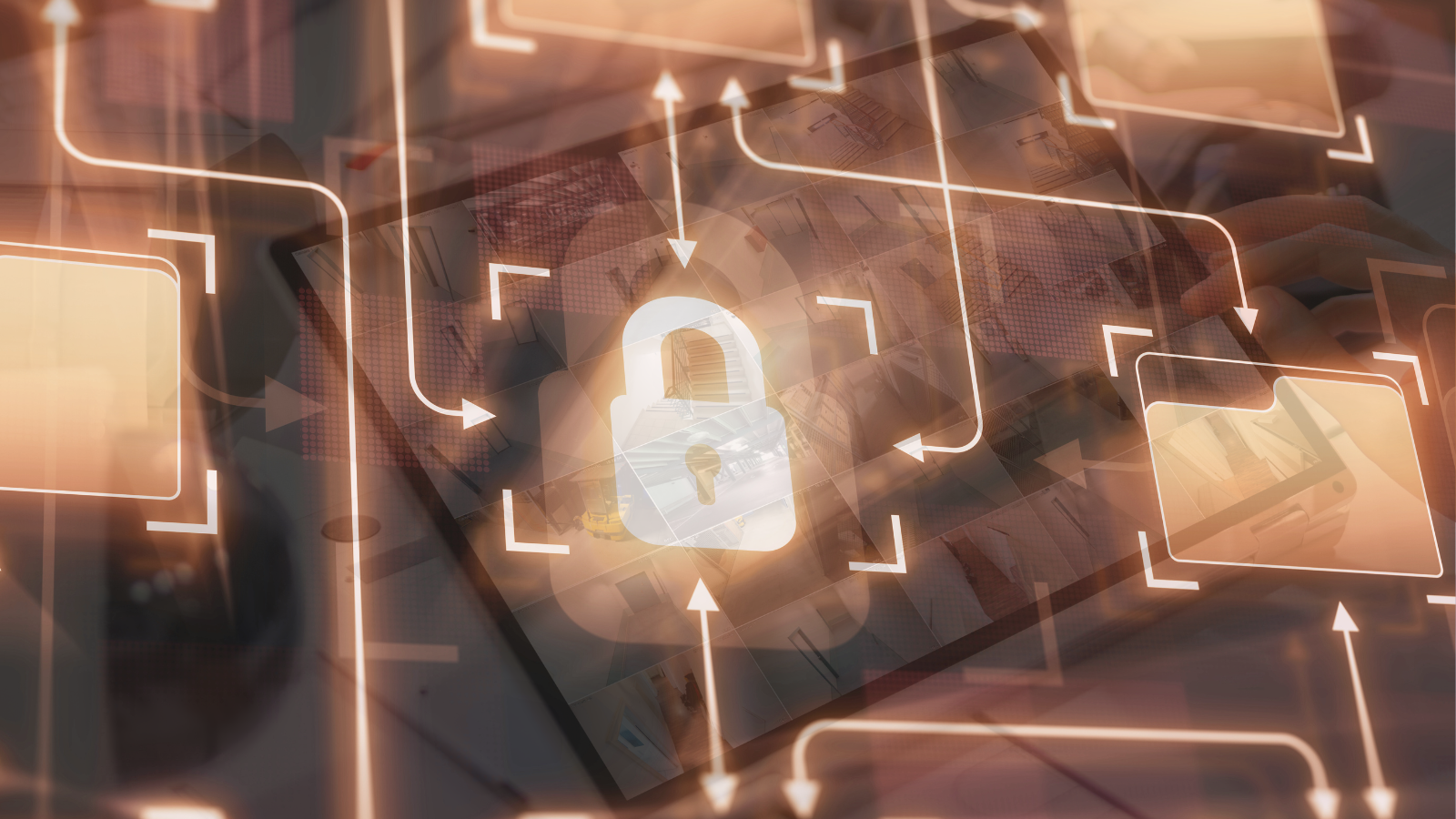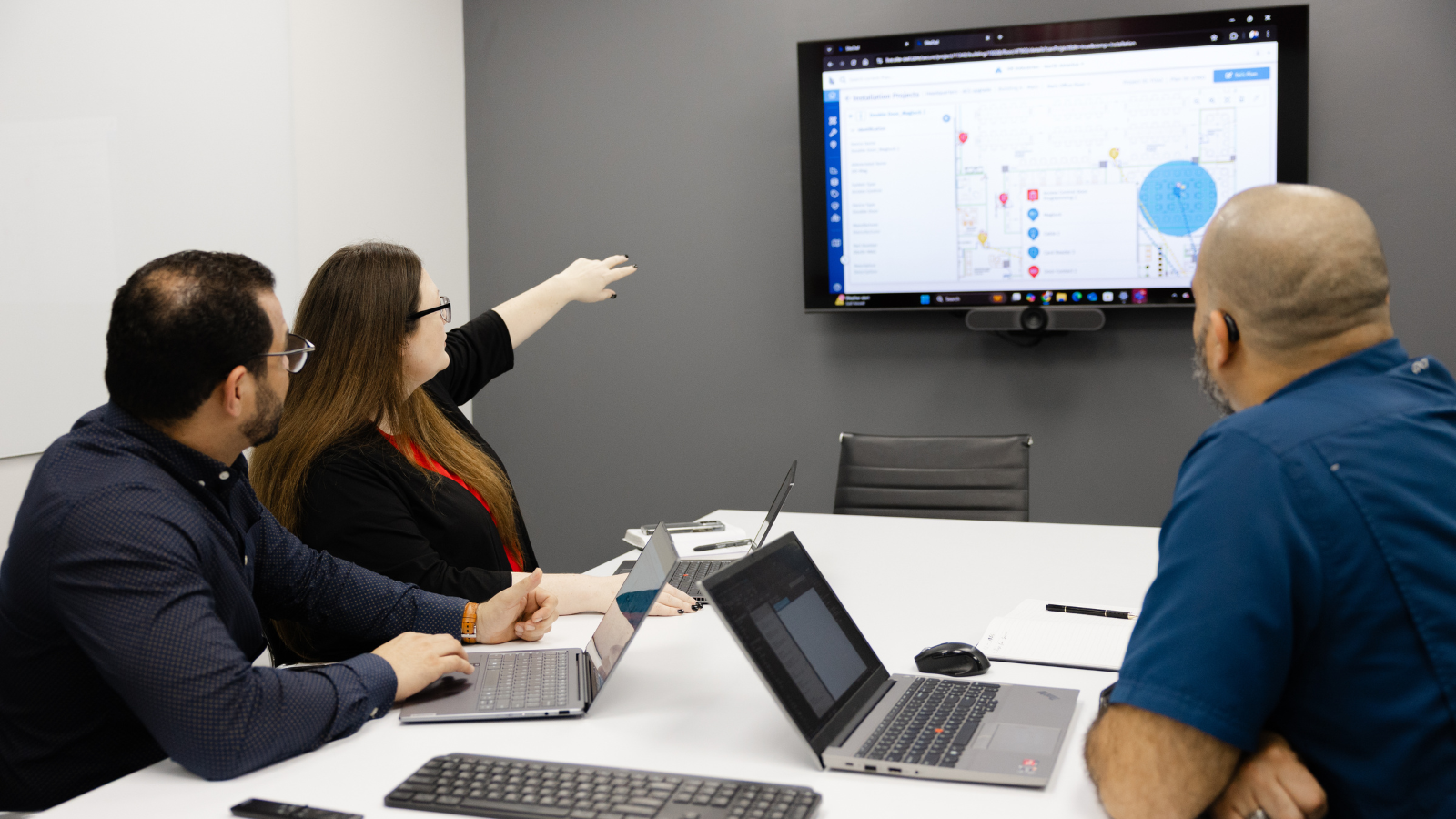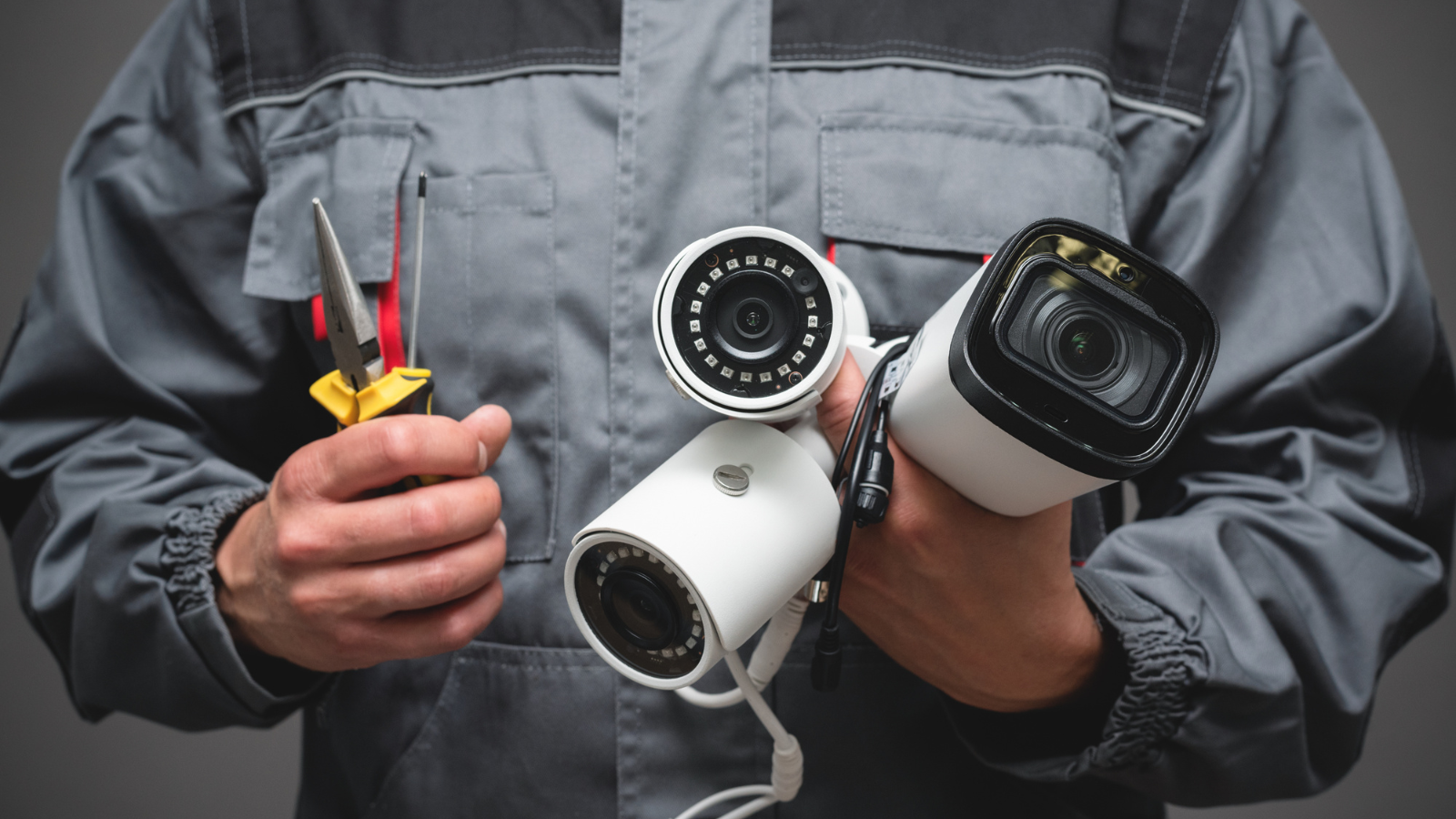Table of Contents
- Tribal Knowledge and high dependence on a few individuals
- Limited Visibility into your organization’s operations
- A reactive approach to incidents
- Dependent on external vendors and integrators
- Lack of the proper tools to manage your security operations
Overwhelmed with managing your physical security systems? Well, you’re not alone. According to an industry report, a staggering 91% of directors think that physical security incidents will either rise or stay the same in the years to come.
With 60% of companies having experienced a physical security breach in the past five years it’s not uncommon for security directors, coordinators and end-users to feel the heat. Coupled with shrinking budgets and limited resources, teams can become overwhelmed pretty quickly.
When it comes to managing physical security systems, the most common culprits that are causing headaches are: high dependency on a few individuals, limited visibility into security processes, a reactive approach to incidents, a lack of purpose-built tools to streamline operations, and an excessive reliance on external vendors.
Let’s take a look at each of these five areas and explore how a holistic approach that includes a robust physical security management platform can help you overcome these obstacles and drive your security program to the next level.
1. Tribal Knowledge and high dependence on a few individuals
Security teams often have limited resources, including budget, personnel, and time, which can make it difficult to effectively manage all aspects of physical security. Many security departments rely on a few individuals to manage the security systems and keep them running. These individuals, over time, develop a very thorough understanding of the system that everyone else on the team relies on. If one of these individuals leaves or becomes unavailable for some reason, the security department is in a tough spot.
This over-reliance can lead to an increased risk of errors, burnout, and gaps in coverage. On the other hand, if you rely on a security provider or external service to monitor and manage your security, remember that the security industry’s turnover rates exceed 100% annually. That means the average security vendor has an entirely new workforce every 12 months!
How to know if your department has “key person dependency”?
- Do you have a plan in place to mitigate the impact of losing a key individual?
- Are there cross-training programs or documentation to ensure that other personnel can step in if needed?
- Have you standardized the way that your systems are managed and maintained?
- Does losing a key individual impact your ability to manage your systems?
- How prepared is your department to handle an emergency or disruption without the assistance of these specific individuals?
Digitization limits the impact of losing key individuals
Digitization plays a pivotal role in mitigating the impact of losing key individuals within the security department. By automating processes and implementing digital solutions, organizations can ensure that critical tasks are not solely dependent on a handful of staff members.
2. Limited Visibility into your organization’s operations
Physical security systems play a crucial role in the overall security posture of any organization. As technology continues to advance, the visibility of these systems has become increasingly crucial in deterring how effective these systems actually perform.
Security is only as effective as its performance, and often performance is difficult to measure if you don’t have the tools to see what is going on. For example, due to poor visibility of contract staff performance, work completion, and quality, issues with surveillance cameras and access control readers are often overlooked until a security incident occurs.
Solution? Vendor compliance with site-specific physical security system specifications and ensuring all physical security systems are consistently installed, maintained, and monitored.
In today’s digital world, you can’t afford the risks that come with low visibility, siloed information, and poor system performance.
The average team wastes more than 20 hours per month due to inadequate collaboration and communication. That’s six work weeks per year when teams are not being productive.
The problem is severe in the United States, with collaboration and communication silos costing even more: 7 hours per week, totaling more than 350 hours yearly!
The good news is that you can take control and get the most out of your security investments with the right systems and tools.
SiteOwl delivers visibility by enabling end-users to:
- Track and manage all your system devices across your infrastructure.
- Stay on top of ongoing security system deployments and maintenance.
- Monitor the health and performance of your security systems.
- Identify and address potential threats before they impact your business.
With digital transformation picking up speed, organizations are rapidly shifting to cloud-based platforms to manage the lifecycle of their security systems.
3. A reactive approach to incidents
Constantly putting out fires has operational and budgetary costs. Physical security programs should be able to move beyond firefighting to a more strategic and holistic approach to security. But in order to do that, your team needs to be equipped with the tools and resources to address your organization’s unique security needs.
Quick steps to Shift From Reactive to Proactive
- Asses current security measures and identifies potential weak points.By conducting a thorough risk assessment, organizations can gain a comprehensive understanding of their vulnerabilities and potential threats. This information can then be used to develop targeted security strategies, prioritizing areas that need improvement while eliminating redundant or ineffective measures.
- Collaborate with stakeholders to foster a more forward-thinking mindset.
- Digitally transform the delivery and management of your security infrastructure.
Security teams can effectively shift from constantly addressing immediate concerns to building comprehensive, long-term security strategies. With SiteOwl, you can quickly get a complete picture of your security posture across your entire infrastructure so that you’ll always know where you stand and what needs to be done next.
Identifying, managing, and eliminating vulnerabilities is a fundamental capability for any organization that prioritizes security, and the numbers prove it. For example, high-performing teams are nearly 2.5 times more likely to practice problem management proactively instead of waiting to put out fires.
Transform your security team from a fire-fighting crew to a proactive security team that focuses on improvement and innovation so that they can deliver the value and ROI your organization needs to operate at peak efficiency.
4. Dependent on external vendors and integrators
It’s a widely accepted fact that most large security systems can not function optimally without the support of external vendors and integrators. A recent survey indicated that over 60% of modern organizations now operate fully or partially converged physical security systems, and the numbers are growing each year.
Top security system integrators can provide various services, from designing and installing security systems to customizing and optimizing site-specific solutions. In addition, most have extensive expertise in specific verticals and offer various products and services to meet different security needs.
But what happens when they fail to deliver? Or worse yet, when they are the cause of your frustration?
To get the most out of your security system integrators and vendors, here are a few best practices to help you streamline the process and get the most out of your security system.
- Establish clear communication and well-defined expectations from the outset.
- Standardized contracts and SLAs.
- Share device-level service and warranty information to plan changes, upgrades and projects.
- Actively encourage knowledge sharing and continuous improvement on an ongoing basis.
Collaboration is the key
There are many best practices, tools, and processes that you can use to improve how you communicate with your integrator and external vendors, but collaboration is the key. SiteOwl enables you to collaborate with all your stakeholders in ways never before seen in the industry. For example, with SiteOwl, security teams can:
- End-users can build rich digital designs that are easy to share with all stakeholders.
- Get real-time updates on installation progress from the field.
- Digitize scalable security system practices and streamline the project management process for both security teams and vendors.
By fostering a strong partnership with your security system integrator, you can mitigate potential issues and work together to develop a robust and effective security solution tailored to your organization’s specific needs.
5. Lack of the proper tools to manage your security operations
As a security director or security team member, feeling overwhelmed by security operations can often stem from lacking proper tools and resources for managing them effectively. But before getting into an appropriate solution, we must understand that feeling overwhelmed and stressed is common for security professionals.
- Security leaders work an average of 11 hours extra per week, with one in 10 leaders working up to 24 hours extra a week.
- 84% of security professionals in North America are experiencing burnout
- 83% of US workers suffer from work-related stress.
Security, by definition, is not a 9-to-5 job, and security professionals often work long hours in various conditions and stressful situations. Security leaders work an average of 11 hours extra per week, with one in 10 leaders working an additional 24 hours a week. Moreover, many factors that make security work difficult such as evolving threats, supply chain issues, and lack of funding, are out of your direct control, which only adds to the stress.
On the other hand, proactive security measures such as standardization, automation, and lifecycle management can help reduce the management burden and thus reduce your stress. The problem is that many security professionals still use manual processes and spreadsheets to manage their security operations. They need better tools to do their job and those tools should be designed to reduce stress and improve productivity.
Implementing cutting-edge security solutions, such as SiteOwl, can streamline the security management process, allowing for better risk identification, proactive incident response, and efficient resource allocation. The result is a more secure environment and a more efficient, motivated, and productive security team.
From overwhelmed to empowered
The age of feeling overwhelmed by the amount of information you have to track is over. While physical security systems are more sophisticated than ever, managing them doesn’t have to be a constant struggle.
With the rise of advanced lifecycle management platforms, handling your physical security infrastructure can be seamless. What’s more, you can do it from a single interface without logging into multiple systems or relying on legacy tools.
The user-friendly dashboard and intuitive navigation features make it easy for you to access critical information and take the necessary actions promptly, enhancing the overall robustness of your security system.
In this modern era, the power to harness technology effectively has made it possible to transition from being overwhelmed to feeling empowered in maintaining control over your security assets.
Discover how to digitally transform your physical security infrastructure and say goodbye to feeling overwhelmed.

Su Subburaj
Su is SiteOwl's CMO and leads all marketing and communications. Su has extensive strategy and management consulting experience and previously consulted for 3Sixty Integrated where she gained an in-depth understanding of digital transformation challenges in the physical security industry. When not working on strategies to expand SiteOwl's footprint, Su enjoys bad karaoke, weightlifting and traveling.






